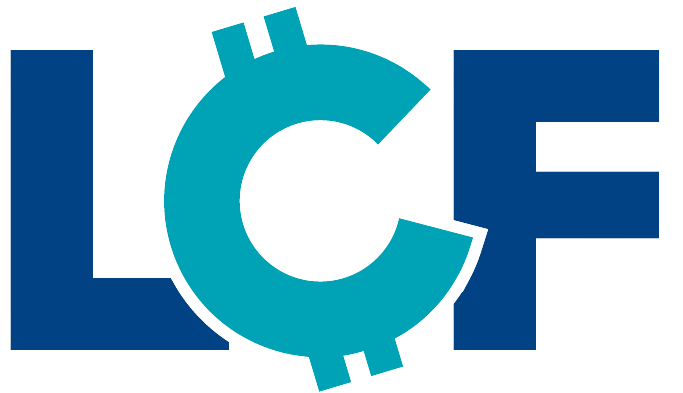How Much Cash Should Your Business Have on Hand?
Lets Get Started
As a small business owner or entrepreneur, managing cash flow is one of the most critical aspects of maintaining your company’s financial health and meeting your business needs. Having enough cash on hand is essential for covering day-to-day operating expenses, handling unexpected expenditures, and ensuring your business can withstand economic fluctuations. This article will discuss how much cash your business should have on hand and provide guidance on determining the optimal cash balance to keep your business running smoothly.
The Importance of Cash Flow
Cash flow is the lifeblood of any small business, enabling it to cover operating expenses, invest in growth opportunities, and maintain financial stability. Understanding and effectively managing your business’s cash flow is crucial for success, as a lack of available cash can lead to missed opportunities or even business failure. In this blog post, we will explore the importance of cash flow for small businesses and discuss how to determine the right amount of cash for your business, manage operating expenses, and adapt to your business stage and industry.
Determining the Right Amount of Cash for Your Business
Determining the right amount of cash for your business is essential to maintaining liquidity and ensuring that you have enough cash reserves to cover unexpected expenses or fluctuations in cash inflows. To determine the appropriate cash balance for your business, consider factors such as your operating expenses, business needs, and the rule of thumb for your industry regarding the number of months’ worth of cash reserves. Regularly reviewing your cash flow projection and financial statements can help you adjust your cash balance as needed to maintain financial health.
Operating Expenses
Managing operating expenses is crucial for maintaining a healthy cash flow. Operating expenses include costs such as rent, utilities, payroll, and other day-to-day expenditures necessary to keep your business running. To optimize your cash flow, regularly review your operating expenses and identify opportunities for cost savings or efficiency improvements. For example, you may be able to negotiate lower rent or utility rates, reduce payroll costs through automation, or consolidate suppliers to obtain volume discounts.
Business Stage
The stage of your business can significantly impact your cash flow needs. Startups and businesses in the growth stage often require more cash to invest in product development, marketing, and hiring. In contrast, established businesses may have a more stable cash flow and can focus on maintaining or slowly growing their cash reserves. As your business progresses through different stages, adjusting your cash flow management strategies is essential to ensure you have enough cash to meet your evolving needs.
Industry and Business Model
Your industry and business model can also significantly impact your cash flow requirements. For example, businesses in industries with seasonal fluctuations, such as retail or tourism, may need larger cash reserves to cover expenses during slow periods. Similarly, businesses with long payment terms for their receivables may require more cash on hand to cover operating expenses while awaiting customer payment.
To manage your cash flow effectively, consider implementing industry-specific strategies, such as offering discounts for early payments, adjusting inventory levels, or leveraging a merchant cash advance or a line of credit to cover short-term cash needs. Additionally, explore alternative financing options, such as business loans can ensure you have access to the necessary funds, but often companies find loans take too long when you have little cash on hand or cash flow is problematic.
Building and Maintaining Your Cash Reserves
As a small business owner or entrepreneur, maintaining a healthy cash reserve is crucial for your company’s financial health. That’s your working capital. Cash reserves are a safety net, allowing you to cover operating expenses and unexpected expenditures and invest in growth opportunities. As you explore strategies to build and maintain cash reserves, focus on creating a cash flow projection, establishing a savings account, optimizing receivables and payables, monitoring financial statements, and considering a line of credit.
Create a Cash Flow Projection
A cash flow projection is a valuable tool for small business owners, as it estimates the cash inflows and outflows your business will experience over a specific period. Regularly updating your cash flow projection allows you to anticipate cash shortages or surpluses and make informed decisions about managing your cash reserves and overall business finances.
To create a cash flow projection, start by listing your expected cash inflows, including sales, receivables, and any other sources of income. Next, list your expected cash outflows, such as operating expenses, loan payments, and other expenditures. Subtract your cash outflows from your cash inflows to determine your projected cash balance.
Establish a Savings Account
Opening a separate savings account for your business can help you build and maintain your cash reserves while earning interest on your balance. This account can also be an emergency fund for unforeseen expenses or financial challenges. When determining how much cash to allocate to your savings account, consider factors such as your operating expenses, business needs, and the rule of thumb for your industry regarding months’ worth of cash reserves.
Optimize Receivables and Payables
Improving your accounts receivable collection and extending accounts payable terms can help increase your cash inflows and reduce cash outflows, contributing to a healthier cash balance. To optimize your receivables, consider offering discounts for early payments, implementing a more stringent collection process, and conducting regular credit checks on your customers. To optimize payables, negotiate favorable payment terms with your suppliers and consider using a credit card for payments to extend your cash outflow period.
Monitor Your Financial Statements
Regularly reviewing your financial statements, such as the cash flow and balance sheets, can help you track your cash balance and identify trends or issues that may impact your business’s financial health. Monitoring your cash flow statement allows you to assess your business’s cash inflows and outflows and evaluate the effectiveness of your cash management strategies. Reviewing your balance sheet provides insights into your company’s assets, liabilities, and overall financial position, enabling you to make informed decisions about managing your cash reserves.
Final Thoughts
Determining the optimal amount of cash to keep on hand for your business is essential to maintaining financial stability and ensuring long-term success. By considering factors such as operating expenses, business stage, industry, and your unique business model, you can establish an appropriate cash reserve to help you weather unexpected challenges and seize growth opportunities.
Regularly reviewing and adjusting your cash flow projections, monitoring your financial statements, and employing prudent cash management strategies can all contribute to a more robust and resilient financial position for your business. Ultimately, having the right amount of cash on hand strengthens your business’s financial health and gives you the peace of mind and flexibility to focus on growing and thriving in the ever-changing business landscape.





